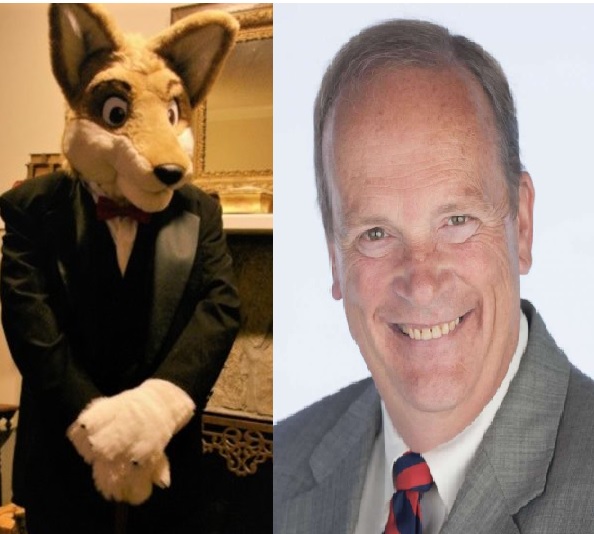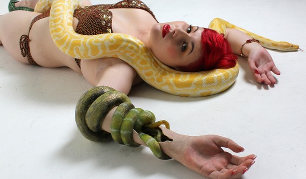design
Furry counciller of New Milford, CT resigns due to SoFurry profile mishap: How site design flaws were to blame, and were fixed
Posted by Sonious on Sun 10 Sep 2017 - 10:01 The fandom is alight with conversation over a recent political ouster of a councilman in the small town of New Milford, Connecticut. The story is that a furry by the name of Grey Muzzle had images of his SoFurry profile pages posted on the Facebook page of Rick Agee, a concerned grandparent in the local area. It included Grey's Likes/Dislikes pages which had tied the website tag of “rape” listed under the section of “tolerates”. As a result, this Chairman whose real life name is Scott Chamberlain, was pressured to resign from office and obliged by announcing that would do so on Monday, September 11th.
The fandom is alight with conversation over a recent political ouster of a councilman in the small town of New Milford, Connecticut. The story is that a furry by the name of Grey Muzzle had images of his SoFurry profile pages posted on the Facebook page of Rick Agee, a concerned grandparent in the local area. It included Grey's Likes/Dislikes pages which had tied the website tag of “rape” listed under the section of “tolerates”. As a result, this Chairman whose real life name is Scott Chamberlain, was pressured to resign from office and obliged by announcing that would do so on Monday, September 11th.
But why would a politician knowingly put such information that is so obviously going to be exploited into the public eye? The answer is this, he didn’t do it knowingly. Upon further investigation it was found that this was an issue of user error caused by poor graphical user interface design (GUI for short). In this article we go over the causes of this error and how furries can prevent themselves and others from falling into similar predicaments in the future.
Updated 9/10 3:10PM: The Like/Dislikes and Tag Filtering functionalities have been changed to be separated from one another and be distinguishable. The items discussed in this article have been resolved.
Update 9/16: Headline updated to reflect fixes had occurred.
Scaly, feathery alternative limbs leap the uncanny valley into the future of prosthetic design
Posted by Patch Packrat on Tue 30 Apr 2013 - 01:53 The mention of an amputee flaunting a showy, bird-plumaged prosthetic arm should make the Furry connection clear, in this story about the work of the Alternative Limb Project (ALP) and it's director, Sophie de Oliveira Barata.
The mention of an amputee flaunting a showy, bird-plumaged prosthetic arm should make the Furry connection clear, in this story about the work of the Alternative Limb Project (ALP) and it's director, Sophie de Oliveira Barata.
De Oliveira Barata is "challenging the belief that prosthetic limbs should aim to look as realistic as possible." Her career started in special effects for film and TV, before she moved to work with a realistic prosthetics company for eight years. In her opinion:
The dominant thinking is that a new limb should be as close a match to the previous limb as possible. But until technology gets to the point where you can have a realistic looking limb in movement and aesthetics, there will always be this uncanny middle ground. Having an alternative limb embraces difference and can help create a sense of ownership and empowerment.
The new option for limbs include crystal, stereo speakers, lighting, and simulated internal anatomy to tranform disability-concealers into creative, eye-catching fashion. What's next, hooves and paws?